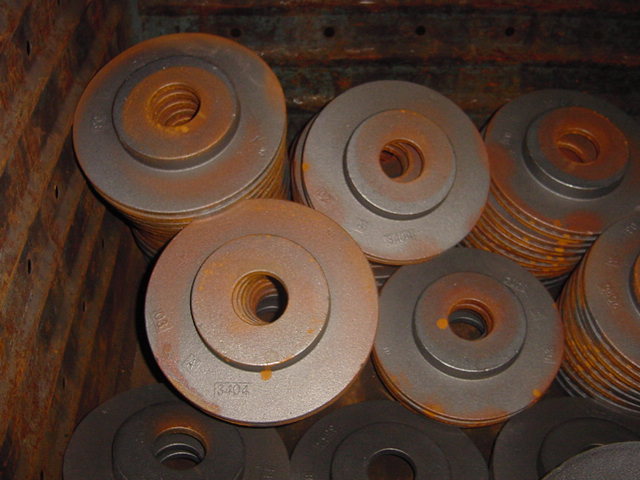Corrosion is a common issue that can severely impact the longevity, performance, and appearance of metal machined components. Effective corrosion prevention is crucial for maintaining the integrity and functionality of these components in various applications. Here are several strategies to help prevent corrosion in metal machined components:
1. Material Selection
Choosing the appropriate material is the first and most crucial step in preventing corrosion:
Stainless Steel: Contains chromium, which forms a passive layer of chromium oxide that protects against corrosion.
Aluminum: Naturally forms an oxide layer that provides excellent corrosion resistance.
Titanium: Known for its high corrosion resistance due to the formation of a stable oxide layer.
Copper and Copper Alloys: Possess natural corrosion resistance in many environments.
2. Protective Coatings
Applying protective coatings can significantly enhance the corrosion resistance of metal machined components:
Paints and Varnishes: Create a physical barrier that prevents corrosive elements from reaching the metal surface.
Galvanizing: Coats iron or steel with a layer of zinc, which acts as a sacrificial layer to prevent corrosion.
Anodizing: Involves an electrochemical process that increases the thickness of the natural oxide layer on aluminum.
Powder Coating: Provides a durable, protective finish that is resistant to corrosion, chemicals, and weathering.
3. Corrosion Inhibitors
Using corrosion inhibitors can reduce the rate of corrosion:
Passivating Agents: Chemicals that form a protective oxide layer on the metal surface.
Vapor Phase Inhibitors: Emit vapors that create a protective film on metal surfaces, particularly useful for components stored or transported in humid environments.
4. Environmental Control
Controlling environmental factors can help minimize the risk of corrosion:
Humidity Control: Reducing moisture levels in storage and operational environments can significantly decrease corrosion rates.
Temperature Regulation: Lowering temperatures can slow down the corrosion process.
Chemical Exposure Control: Limiting exposure to corrosive chemicals such as salts, acids, and bases can prevent corrosion.

5. Design Considerations
Designing components with corrosion prevention in mind can help mitigate corrosion risks:
Avoiding Crevices and Stagnant Areas: Crevices and areas where water can collect promote corrosion. Designing parts to avoid these can help.
Ensuring Proper Drainage: Designing parts to facilitate proper drainage helps prevent water accumulation.
Using Corrosion-Resistant Fasteners: Choosing fasteners made from corrosion-resistant materials prevents galvanic corrosion when in contact with other metals.
6. Regular Maintenance and Inspection
Routine maintenance and inspection are vital for early detection and prevention of corrosion:
Cleaning: Regularly cleaning metal surfaces removes corrosive agents like dirt, salts, and chemicals.
Inspection: Regularly inspecting components for signs of corrosion allows for early intervention.
Touch-Up Coatings: Applying touch-up coatings to damaged areas can prevent corrosion from spreading.
7. Cathodic Protection
Cathodic protection can be used to protect metal components from corrosion:
Sacrificial Anode: A more reactive metal (such as zinc or magnesium) is placed in contact with the protected metal, corroding instead of the protected metal.
Impressed Current System: Uses an external power source to provide a continuous protective current, preventing the metal from corroding.
Conclusion
Preventing corrosion in metal machined components is essential for ensuring their durability, performance, and appearance. By selecting the right materials, applying protective coatings, using corrosion inhibitors, controlling environmental factors, designing for corrosion prevention, performing regular maintenance, and considering cathodic protection, the lifespan of these components can be significantly extended. Each method has its specific applications and benefits, and often a combination of these strategies provides the most effective protection against corrosion.



